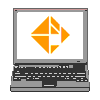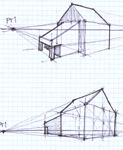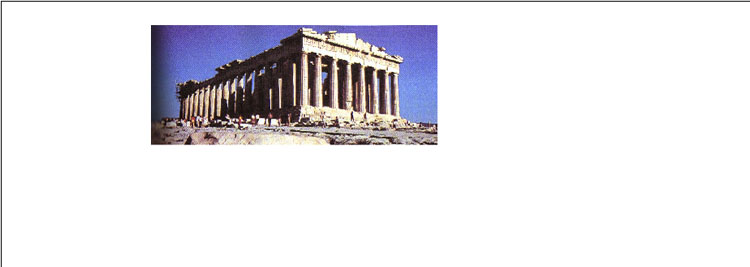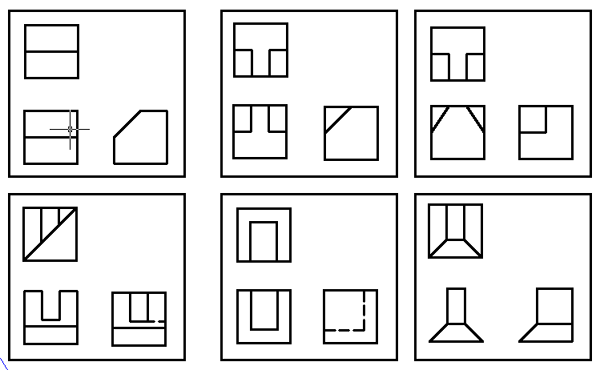 |
School: |
Applied Computing and Engineering Sciences (ACES)
|
| Faculty: |
Architectural Technology |
| Course: |
ARCH12356 - Architectural Studio
1 |
In-Class Exercise: 2 Point Perspectives
(Part
2)
 |
PAGE CONTENTS
|
OBJECTIVES
- Resolve problems graphically
- Execute quality line work and lettering.
- Prepare sketches to specified scales.
- Prepare orthographic architectural drawings.
- Create sketch drawings using a variety of techniques
BACKGROUND
Architectural drafting involves the sketching of objects using 3-dimensional
projection techniques. The creation of 2-point perspective drawings is explored
and practised in this exercise.

Consider the following:
- 2-point perspective drawings are setup with a horizontal horizon line -
this line represents the eye-level of the viewer, as well as the horizon line
beyond the object being drawn.
- A horizon line located high on the object being drawn (or above it), results
in a view looking down from above.
- A horizon line located low on the object being drawn (or below it), results
in a view looking up from below.
- We often locate the horizon line to match a persons eye-level (about 1500
mm (5'-0")) - this results in a view of the object from a standing height.
- 2-point perspective drawings incorporate 2 vanishing points. The closer
the vanishing points are to the object, the more distortion there is in the
drawing..
- Dimensions cannot be linearly scaled in perspective drawings - but there
are techniques to determine dimensions. (more information to follow)
- Use very thin line weight for construction lines.
- Use heavy line weight for spatial edges (Where two planes meet - but when
you only see one of the planes)
- Use medium line weight for planar corners (Where two planes meet - and you
see both of the planes)

TASKS
Using a fine-tipped pen on squared paper, draw a sketch 2-point perspective
view of the objects that are illustrated in the following orthographic projection
drawings:

Consider the following:
- There is no linear scale in perspective drawing - size each drawing to fit
onto an 8-1/2 x 11 sheet.
- Draw the left two objects as if a birds-eye view - looking down from above.
- Draw the centre two objects as if looking at them from eye-level
- Draw the right two objects as if a worms-eye view - looking up from below.
SUBMISSION REQUIREMENTS
- This is a freehand drawing course and consequently all line work MUST be
created using freehand sketching techniques. Drawings that incorporate ruled
lines (i.e. drawn with a ruler or other type of straight edge) will not be
evaluated.
- Use appropriate line weight and line type conventions as discussed in class.
- Be sure to include your name and class code (e.g. F120a or P01) on your drawings.
The drawing will be collected at the end of the class.
EVALUATION CRITERIA
This exercise is primarily to PRACTISE drawing neat, consistent and straight
line work. It will be evaluated for completeness only (i.e. Complete or Not Complete).
Top of Page




